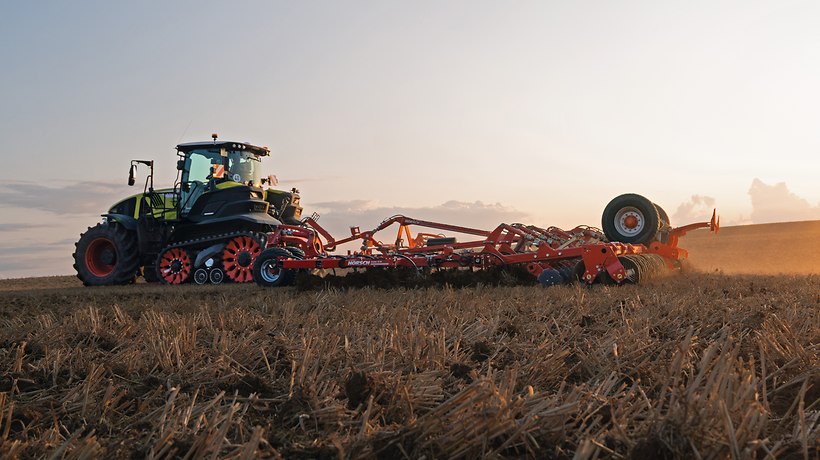

The milestones #1961 – 1970
By the beginning of the second half of the 20th century, agriculture in France and Europe in general was largely mechanised in many aspects. This period was characterised by a market consolidation among agricultural machinery manufacturers, with Renault taking over the customer service and spare parts business of Normag-Zorge, M.A.N. and Porsche-Diesel. Technical innovations such as TRACTO-CONTROL underpinned Renault’s reputation as a leading tractor manufacturer.






















